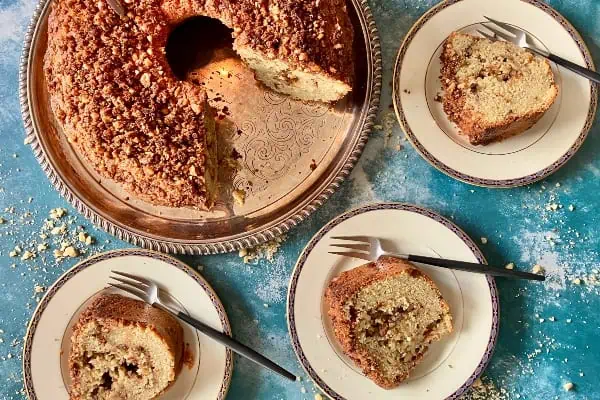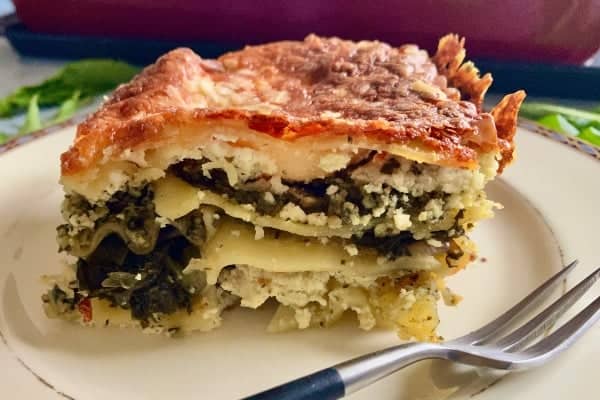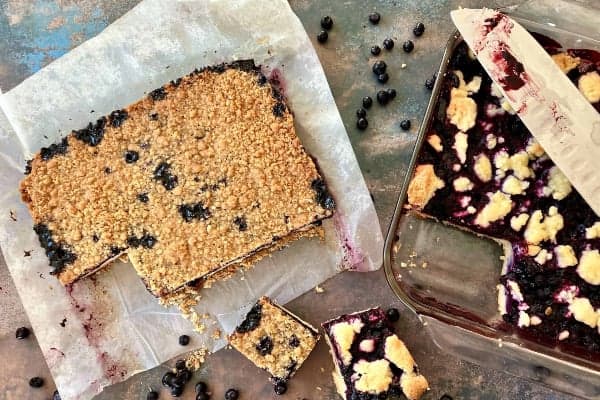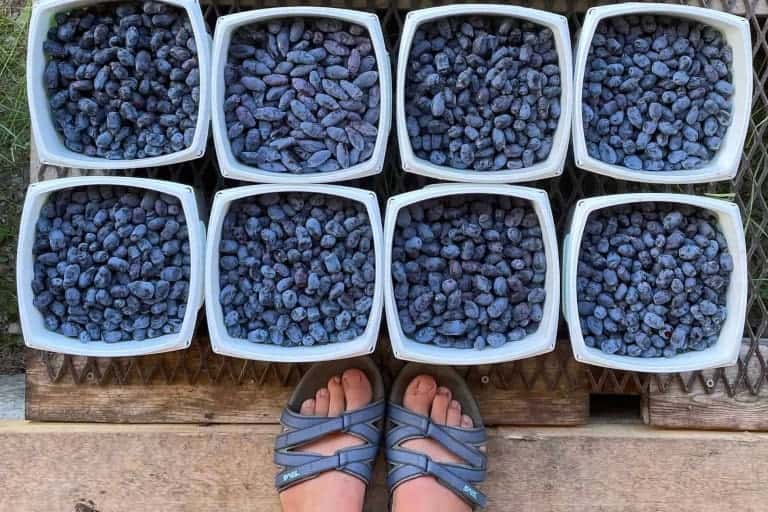It’s only recently that most people have forgotten how to forage for food.
For thousands of years, First Nations communities across Canada lived on food provided by nature. Berries, barks, plants, flowers and herbs were cyclically harvested for food and medicine.
Colonization changed the relationship between people, the land, and wild foods but a forager’s life is still possible.
A friend of mine lived in the bush near the banks of the Madawaska River in Ontario. For 10 years he lived on foraged foods and his small experimental forest garden. He learned his foraging skills from aboriginal elders worldwide.
I was amazed by his achievement, even though this was the way of life for most of human history.
Foraging is making a comeback as Yukoners expand their ritual of autumn berry picking to investigate the year-round world of edible plants and medicines.
Miche Genest, chef, columnist and author of The Boreal Gourmet: Adventures in Northern Cooking, invited me to join her on a foraging walk in Whitehorse in mid-May to show me the early, the over-wintered, and the new growth in the edible plant world.
We started at Teegatha-oh-zheh Park at the top of Main Street, walked the steep paths up the clay cliffs, explored the plateau east of the airfield, and came back down again via the Black St. stairs.
Genest identified 14 varieties of edibles, literally steps from downtown. And we had the delight of seeing the first crocuses of the season, including the free-thinking pink ones up on the ridge.
Among the edible plants were High Bush Cranberries (the non-indigenous Viburnum opulus and the indigenous Viburnum edule), Red Currant, Black Currant, Junipers (communis and horizontalis), Prickly Rose (Rosa acicularis), Yarrow, Dandelion, Saskatoon Berry, Soapberry, Black Spruce, White Spruce, Chamomile (Pineapple Weed) and, or course, Sage (Artemisia frigida).
We anticipated the coming of Lamb’s Quarters and Plantain, but didn’t spy any yet. Among the mouth-watering uses Genest suggested for all of the wild edibles were syrups, salads, reductions, vinegars, relishes, marinades, garnishes, jellies, compotes, and teas. In the case of juniper, consider laying cut branches over a low fish-smoking fire. Drying berries and herbs is another option. And making a smudge from sage is a time-honoured tradition.
When you start foraging for these and other species, keep in mind these thoughts from Genest:
It is always necessary to identify any plant before you eat it – you want to know what it is before you put it into your mouth or the mouths of babes. When you are new to a wild edible, consume in small quantities. This way you can see if you have any allergic reactions.
Part of the joy of foraging is fostering and nurturing your respect for nature. For the sake of animals, the plant itself, and other foragers, only harvest five percent or less from any one bush, tree or plant at one time. Be sure to thoroughly wash your harvest, especially in areas where dogs and other animals roam free.
Soak berries harvested from more suspect areas, changing the water a few times.
We also discussed the safety of harvesting from the clay cliffs and plateau near the airfield; jet fuel exposure is not ideal but Genest is sanguine.
“(Since I’m) breathing the same air, I can also harvest the plants,” she says.
On the matter of keeping berry picking locations secret (a Yukon inclination I found out about the hard way last autumn), Genest told me about a woman who developed a tell-all policy for her picking spots: “Either tell everyone or you tell no one.”
And while pickings seem slim in the early (and late onset) spring, I learned that even over-wintered red currants have edible value. We picked a few freeze-dried berries and ate them. I thought they tasted like moose and we agreed they would make a nice accompaniment to that game meat. And while a tea made with over-wintered red currants and rosehips won’t have the same high nutritional value — they are packed with vitamin C just after ripening — it would still be tasty.
Genest brings her guidebooks along for walks. One field guide she recommends is Plants of Northern British Columbia (1992), edited by MacKinnon, A., J. Pojar, and R. Coupé, which also applies to the southern Yukon.
Another source of information is the hefty guide to foraging in the Yukon with beautiful photography called The Boreal Herbal: Wild Food and Medicine Plants of the North by Whitehorse author Beverly Gray.
Happy foraging.




